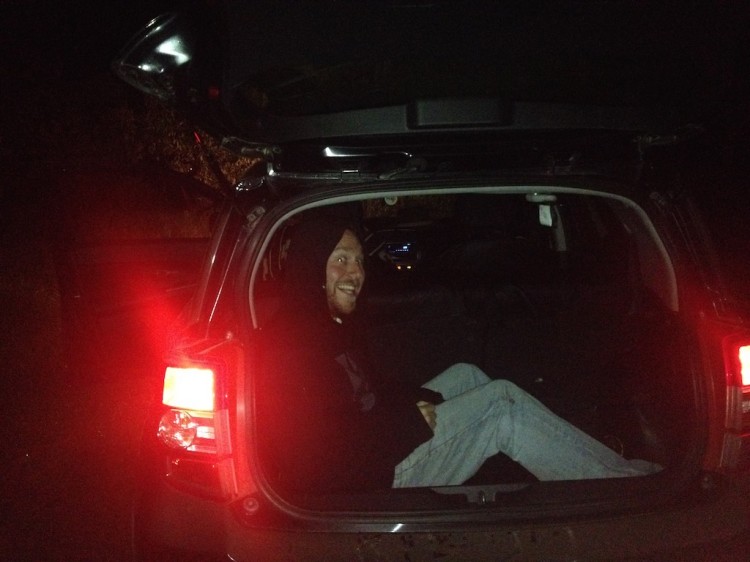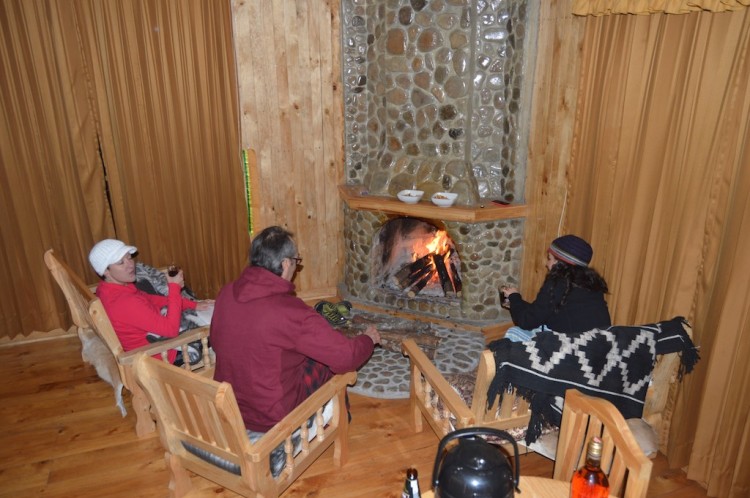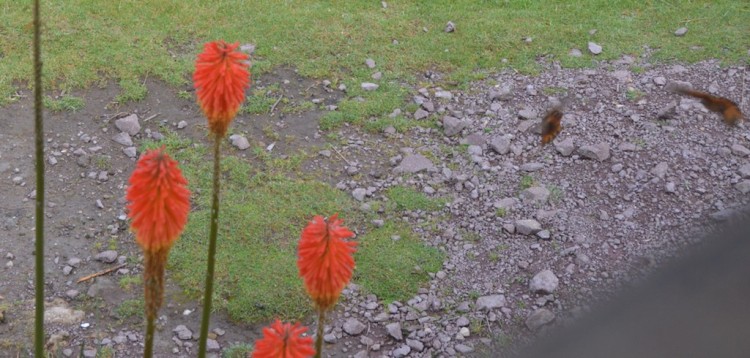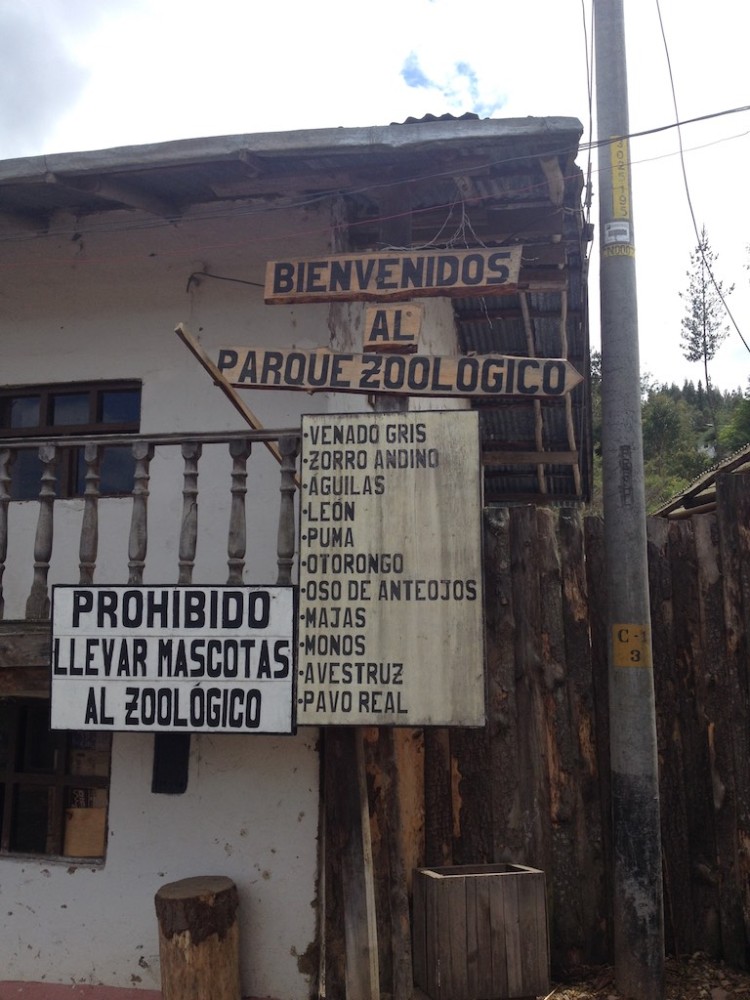We were happy to be back in Peru: we had dinner with friends in Lima, revisited Machu Picchu the easy way and not after a 4-day hike, relaxed in Cusco, and enjoyed the great restaurants and colonial streets of Arequipa. Then we hopped into a van with our driver Lilian and our guide Salomé, left Arequipa and headed for the Colca Canyon, hailed as the second-deepest in the world at 3,400 meters (11,155 feet) and “twice as deep as the Grand Canyon,” for a 3-day adventure.
What a fantastic time! We lucked out with the weather – the rain came as we drove (not lucky for Lilian) or ate lunch. I generally hate car rides, but Salomé was an entertaining and knowledgable guide and Lilian an excellent driver. The roads on this trip were well maintained by Peruvian standards and I had none of the terror our trip to Kuelap had induced. (Roadtripping and Kuelap – The City in the Clouds posts) We enjoyed the views and a few hikes back at high altitude. It was great to be in the Andes, breathing the fresh mountain air and enjoying the vicuña, alpaca and llama sightings as well as the mountain peaks.
Apart from seeing the condors (subject of an upcoming post), my other goal quickly became to finally learn to identify the difference between alpacas and llamas. Confession: for the 2 years I lived in Peru any time I had a camelid picture, I would run it by my cousin Maureen who raises alpacas to get the proper identification (thanks Maureen!). Salomé gave me more specific identification pointers and, after 3 days, I felt fairly confident. Until we learned that some of the confusing ones were likely cross-bred and thus a combo alpaca-llama. So here it goes: llamas have bigger, curvier ears and pointier faces while alpacas have straight ears and less pointy, smaller faces. I had been told that before, but things like “bigger” and “smaller” are relative, so it helps to have both animals to confidently distinguish. Then I got the definitive factor – look at their butts. Llama have tails that poof out and up and alpaca tails are against the body. At last, an easier method!
Our next destination was to see 8,000 year old cave art in Sumbay. Sumbay is at an altitude of 14,429 feet (4,397 meters), so we first stopped for some coca tea to counter the effects of the high altitude.
We headed off the main road down a a rutted, rocky path, the worst of the entire trip. “Are you sure you don’t want us to walk?” I asked Lilian as I had visions of the van bottoming out and being stuck in the middle of nowhere. She assured us it was fine and navigated the so-called road. Salomé explained that during a mining boom the railroad stopped in Sumbay and the town was thriving, but subsequently better roads were built, the railroad ceased and Sumbay became a ghost town save one lone holdout who literally has the key to the caves. As soon as we pulled into the abandoned town, there was José. We initially weren’t sure whether he was irritated that we were there as he stood with his arms crossed over his chest in a somewhat aggressive pose, but it became quickly apparent that he was anxious for the company and happy to show us around. He told Salomé that he was halfway up the mountain with his grazing animals and when he saw the van on the road, he ran down the mountain so he could be waiting for us. A race we didn’t even know we were having! I found José as interesting as the cave art: why would he stay isolated in Sumbay when his family and village had all moved on? Like most people, José didn’t want to leave the life he knew. He had animals to care for, the cave to protect and he found Arequipa, where his wife and children lived, to be too chaotic and busy. So he lives alone, with occasional visits from his family and one or two tourist visits a week.
After some conversation, we set off on a 20 minute hike into the canyon to see the caves. Along the way we saw this cute viscacha skipping over the rocks.
We arrived at the caves and José unlocked the chain link fence so we could get close to the art. Most of the figures were camelids and it is believed that the pictures depict the domestication of the animals. There are some hunting and domestication scenes as well a couple of pumas and some rheas, which are American relatives of the ostrich and emu. It was a spectacular sight tucked away in the valley. José was a capable guide and pointed out all of the notable figures to us. After hiking back to the town, we said goodbye to José after tipping him and giving him some of our snacks. We would have bought provisions for him had we known the isolated life he leads.
And that “twice as deep as the Grand Canyon” claim to fame? Well, it’s a bit misleading. The canyon’s depth is measured from the tippy top of its highest peak, not anywhere tourists are going to hang out. In some places, the top of the canyon is pretty close to its bottom. It doesn’t have the wide, open expanse of the Grand Canyon, and the vertical drop-offs aren’t as steep. The canyon is habitable and pre-Incan and Incan cultures created terraces for farming the land. While the Colca Canyon is spectacular, the majesty of the Grand Canyon is still tops in my book.
Next Stop: A Home Stay in Sibayo












































































































